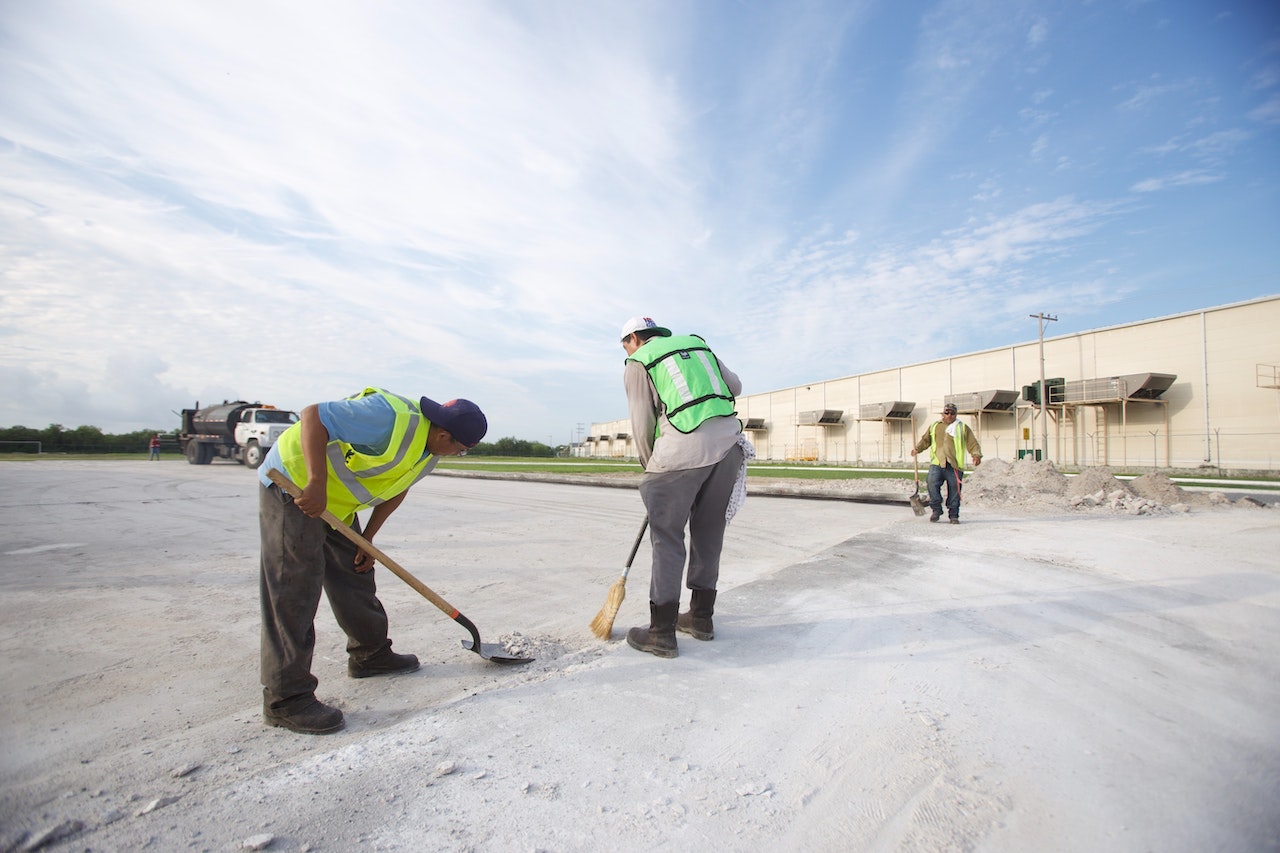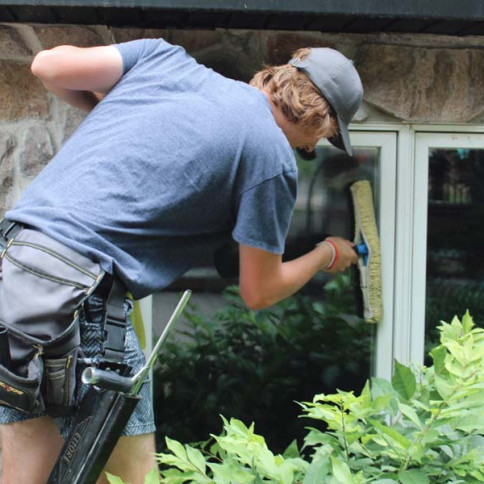Introduction
A well-maintained driveway not only enhances the curb appeal of your property,
but it also increases its overall value. One of the most effective ways to
preserve the life and appearance of your driveway is through sealing. Driveway
sealing is a process that involves applying a protective layer to your pavement
to safeguard it from the wear and tear caused by various elements. In this blog
post, we will explore the benefits of driveway sealing, the different types of sealants available, and tips on how to seal your driveway effectively.
Benefits of Driveway Sealing
- Protection Against Weather Damage: Driveway sealing prevents water, snow, and ice from seeping into the surface, which can lead to cracks and potholes. A sealed driveway is also more resistant to damage caused by UV rays and temperature fluctuations.
- Enhanced Aesthetics: A freshly sealed driveway looks clean and well-maintained, adding to the overall appeal of your property.
- Increased Lifespan: Sealing your driveway regularly can help prolong its life, reducing the need for costly repairs or replacement in the long run.
- Improved Safety: A sealed driveway offers better traction, especially during wet or icy conditions, reducing the risk of accidents.
Types of Driveway Sealants
There are two main types of sealants used for driveway sealing: coal tar-based and asphalt-based.
- Coal Tar-Based Sealants: These sealants are known for their durability and resistance to gasoline, oil, and other chemicals. Coal tar-based sealants also provide excellent protection against UV rays and water damage.
- Asphalt-Based Sealants: Asphalt-based sealants are more environmentally friendly and emit fewer odors compared to coal tar-based sealants. They offer good protection against water and UV rays, but may not be as resistant to chemical spills.
Tips for Effective Driveway Sealing
- Choose the Right Sealant: Before starting the sealing process, research and choose the appropriate sealant for your specific driveway material and the environmental conditions in your area.
- Properly Clean the Driveway: To ensure the sealant adheres well to the surface, thoroughly clean your driveway by removing dirt, debris, and oil stains. Using a pressure washer can be helpful in this process.
- Fix Cracks and Potholes: Repair any cracks or potholes in your driveway before sealing. This will prevent further damage and ensure a smooth, even surface for the sealant to adhere to.
- Choose the Right Weather Conditions: Aim to seal your driveway on a day with mild temperatures and low humidity. Avoid sealing in extreme heat or cold, as this can negatively affect the performance of the sealant.
- Apply the Sealant Evenly: Use a squeegee, roller, or sprayer to apply the sealant evenly across the surface of your driveway. Follow the manufacturer’s instructions on the number of coats and drying time needed between applications.
- Allow Adequate Drying Time: Give your driveway ample time to dry before using it again. This usually takes at least 24 hours, but it’s best to consult the manufacturer’s recommendations for the specific sealant you’re using.
Conclusion
Driveway sealing is an essential step in maintaining the longevity and appearance of your pavement. By choosing the right sealant, properly preparing the surface, and following the correct application process, you can protect your driveway from damage and keep it looking great for years to come.






